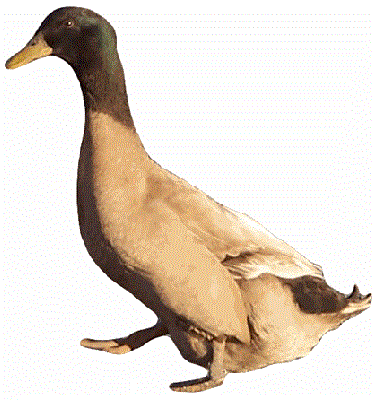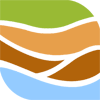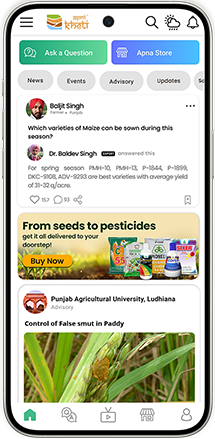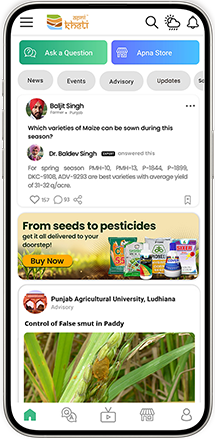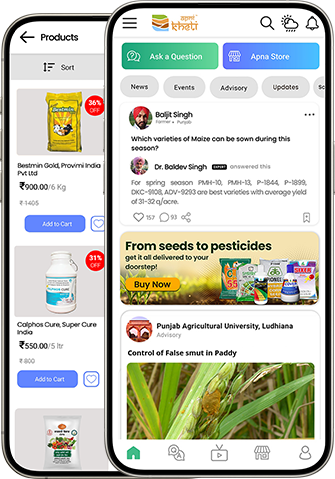• Duck virus hepatitis: It is a highly contagious disease which is caused by the herpes virus. It mainly occurs in young ducklings which is 1-28 days old. They caused internal breeding, severe diarrhoea and then ultimately death of the infected bird.
Treatment: No treatment is there once this disease gets infected. For prevention, vaccination of live virus duck hepatitis is given to the breeder ducks to prevent duck virus hepatitis.
• Duck plague (Duck Virus Enteritis): It is a contagious and highly fatal disease. The disease mainly caused in both mature and young ducks. The symptoms are sluggishness, greenish yellow color diarrhoea and ruffled feather. The signs of this disease are spots appear on the mucous lining of the esophagus and intestines.
Treatment: Vaccination of attenuated live duck virus enteritis is given to cure duck plague.
• Salmonella: The signs of this disease are depression, closed eyes, lameness, ruffled feathers etc.
Treatment: Vaccination of Amoxicillin is given to treat salmonella.
• Aflatoxicosis: It is a fungal disease. It is mainly caused due to consumption of high moisture grains which contains Alfa toxins. The symptoms are sleepiness, depressed growth, paleness, increased bruising and decreased fertility.
Treatment: Increase the protein, vitamin content and mineral content by 1% in the feed. Addition of Gentian violet will help to reduce the effect of Alfatoxicosis disease.
• Duck pox: The symptom is the retarted growth. Duck pox are of two types: dry and wet type. In dry pox the symptoms are wart like bruises found on skin and they healed in 2 weeks. In wet pox blight like lesions are observed near bill.
Treatment: Spraying of mosquito repellant or suitable vaccination is given to cure disease.
• Riemerella anatipestifer infection: It is a bacterial disease. The symptoms are weight loss, diarrhoea which is blood stained sometimes, shaking head, twisted neck and high mortality rate.
Treatment: Vaccination of enrofloxacin, Penicillin and sulfodiamethoxine-ormetoprim @0.04-0.08% is given in the feed to cure from this disease.
• Colibacillosis: It is the common infectious disease which is caused by E. coli. Its main sign is that it reduces hatchability.
Treatment: Medicine of Chlorotetracycline @0.04% and Sulfadimethoxine-ormetoprim @0.04-0.08% is given in feed to cure Colibacillosis disease.

